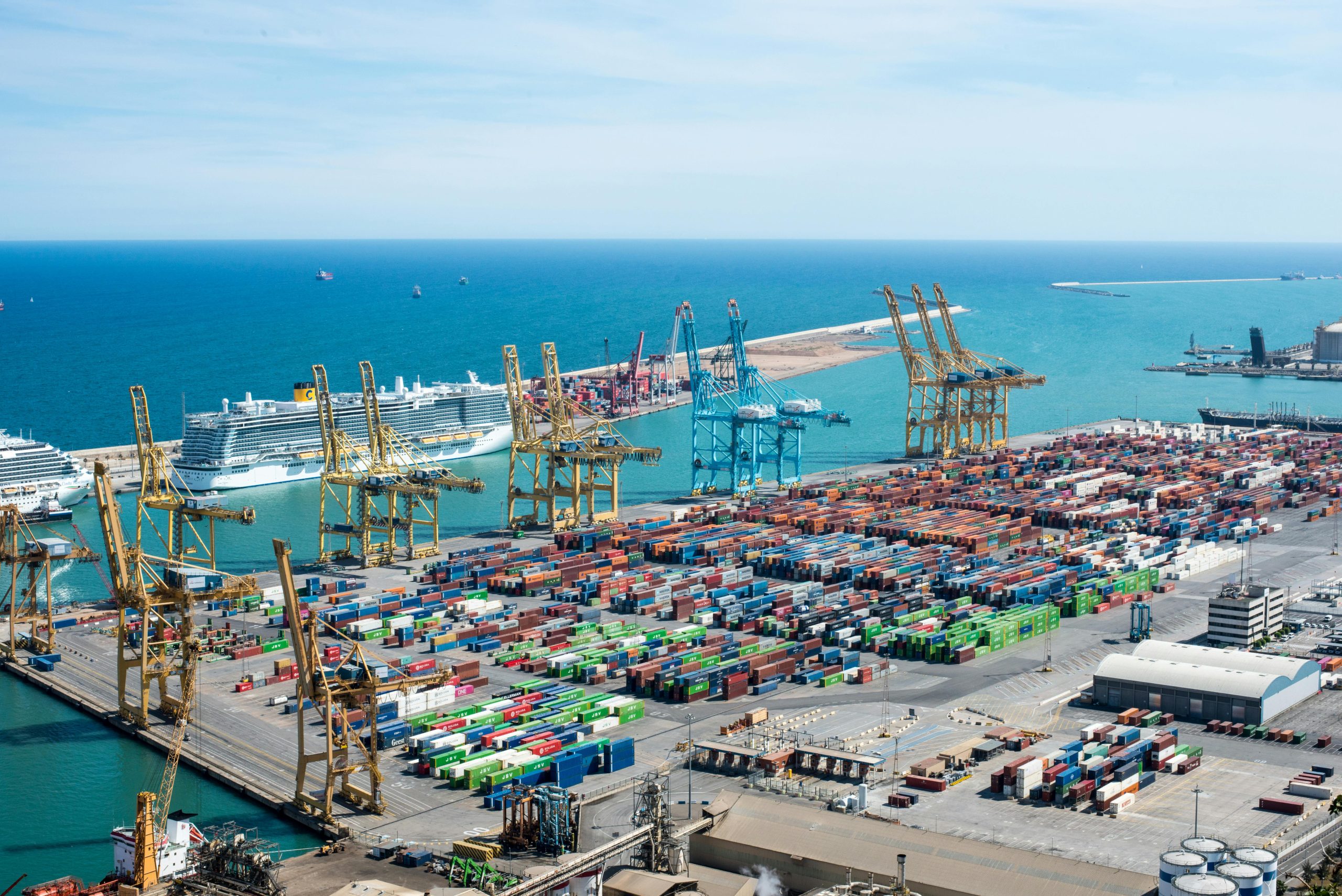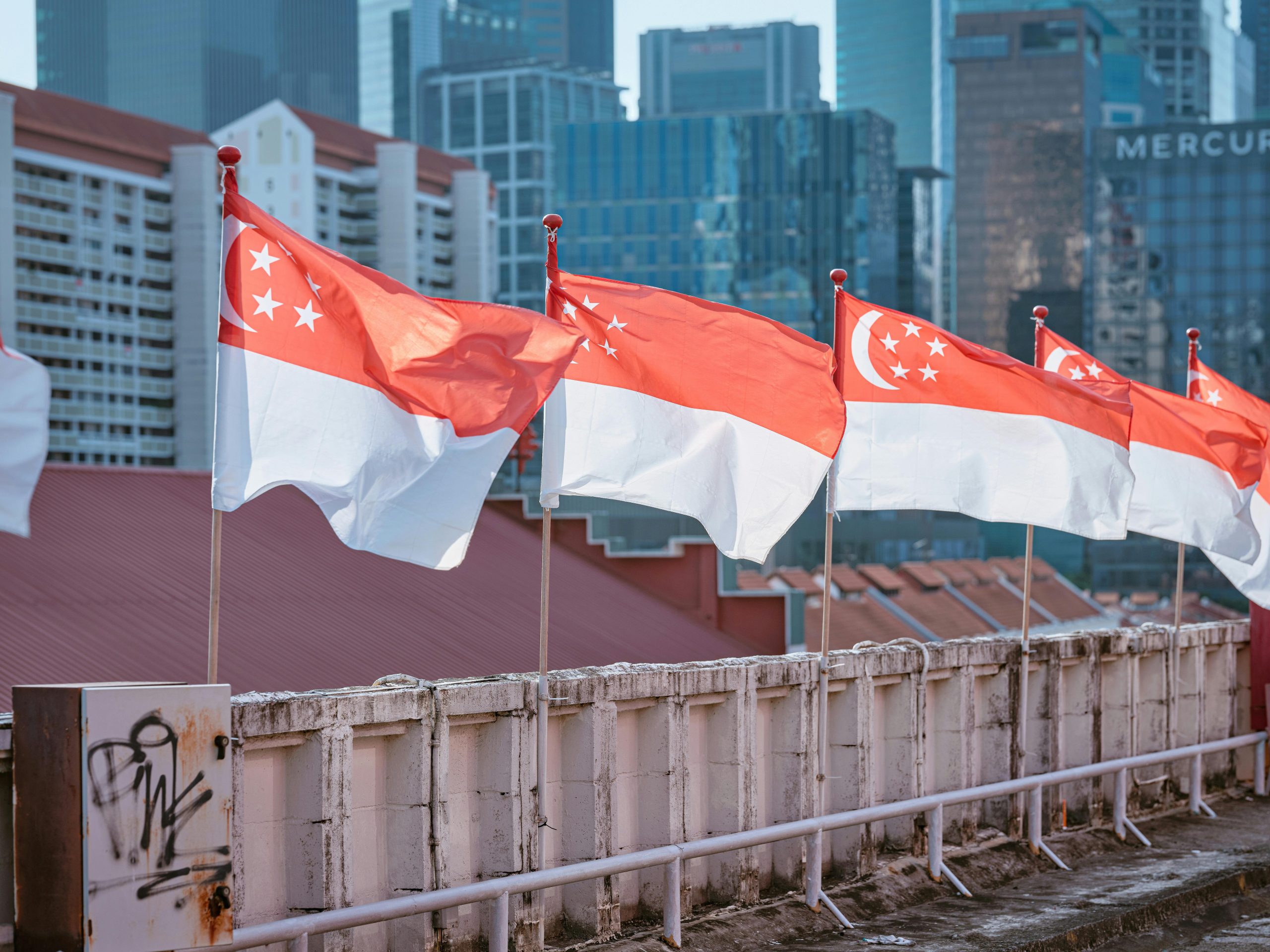
Tariffs remain a critical tool in international trade policy. It affects goods movements across borders, prices, business strategies, and global economies. In 2025, evolving geopolitical tensions and new policies have led to a wider array of tariffs. Importers, exporters, and business leaders must understand them to stay compliant.
In this article, we break down six main types of tariffs: ad valorem, specific, compound, tariff-rate quotas, reciprocal, and retaliatory. We will also explain their mechanics and implications, especially for Singapore’s role as a dynamic trade hub.
Types of Tariffs (2025)

Ad-Valorem Tariffs
Ad-valorem tariffs are based on a percentage of the value of the imported product. These tariffs change with the price of the goods. If the product price increases, the tariff will go up. If the price goes down, the tariff follows suit.
- Example: A smartphone brought into Singapore costs SGD 1,000. It has a 10% tariff. The tariff amount is SGD 100.
- Implications: This type of tariff impacts luxury goods, branded electronics, and other high-value imports. It makes pricing less predictable for both consumers and businesses.
Specific Tariffs
Specific tariffs are fixed charges applied per unit, weight, or volume. Yet, they are not swayed by the product’s value.
- Example: A tariff of SGD 5 per kilogram on imported rice or SGD 10 per car tire.
- Advantages: These tariffs offer greater predictability in budgeting and cost projections.
- Use Cases: Often applied to agricultural goods, raw materials, and simple manufactured products.
Compound Tariffs
Compound tariffs combine both ad-valorem and specific tariffs. These tariffs provide a fixed minimum cost while adjusting for the market value.
- Example: Imported wine may carry a 10% ad-valorem tariff plus SGD 2 per liter.
- Why Used: Ensure governments secure a baseline tariff revenue while adapting to fluctuating prices.
Tariff-Rate Quotas (TRQ)
TRQs establish an import quota that allows a certain quantity of goods at a reduced tariff. Once a buyer exceeds a quota, they will need to pay a much higher tariff.
- Example: Singapore might allow 1,000 tons of sugar to be imported at 5%. Any sugar above that threshold would be charged a 30% tariff.
- Purpose: Protects domestic industries while allowing manageable foreign competition.
Reciprocal Tariffs
Reciprocal tariffs are often a direct response to the tariffs set by a trading partner. They effectively match the rate or restrictions imposed by the other party.
- Example: If the U.S. places a 10% tariff on Singaporean goods, Singapore may enact a similar rate on American imports.
- Significance: Helps maintain trade balance and negotiation leverage.
Retaliatory Tariffs
These tariffs serve to retaliate against perceived unfair trade barriers or sudden tariff hikes by another country.
- Example: Countries imposing extra tariffs on U.S. steel after the U.S. raises its own tariffs.
- Risk: Can escalate into full-blown trade wars, negatively affecting global markets and local economies.
What Are Singapore’s Major Imports & Exports (2025)
Singapore, a pivotal global trade hub, depends heavily on smooth international trade. Here’s a breakdown of the country’s key traded goods:
| Category | Examples |
| Electronics | Integrated circuits, semiconductors |
| Fuels | Crude oil, refined petroleum |
| Distillation Products | Petrochemicals, fuel additives |
| Industrial Machinery | Boilers, turbines, and assembly equipment |
| Plastics & Chemicals | Pharmaceuticals, synthetic polymers |
| Semiconductors | Integrated circuits |
| Refined Oil | Processed fuels |
| High-tech Machinery | Semiconductor production tools |
| Gold & Jewelry | Bullion, ornaments |
| Biomedical Goods | Vaccines, cultures, and blood products |
Singapore’s re-export model means many imports are refined or assembled before being exported, making trade efficiency vital.
How Do Tariffs Affect Singapore

Singapore is renowned for its open economy and its reliance on international trade. Hence, it is particularly sensitive to global tariff trends. Here are several effects tariffs have on this sunny island:
- Direct Impact: Singapore is vulnerable to tariffs imposed by large trading partners. For example, the 10% universal U.S. tariff on Singapore imports in 2025.
- Supply Chain Disruption: As a net importer of raw materials and exporter of high-tech products, the nation suffers from rising production costs. They also limit export competitiveness and disrupt complex supply chains.
- Rapid Price Transmission: Importers and manufacturers often pass tariff costs to consumers. As such, consumers face raising domestic prices.
- Investment Slowdown: Trade uncertainty discourages companies from expanding or investing in cross-border ventures.
- Policy Response: Singapore avoids retaliatory tariffs, choosing instead to:
- Diversify trade partners
- Enhance free trade agreements
- Optimize domestic supply chains
FAQs About Tariffs
1. How do tariffs work in international trade?
Tariffs are taxes placed on imported goods. They increase the cost of foreign products, which can protect domestic industries or raise government revenue.
2. Why are tariffs imposed by governments?
Governments use tariffs to protect local industries, generate income, influence trade negotiations, or retaliate against unfair practices.
3. What goods will have tariffs in 2025?
Goods like electronics, agricultural products, steel, cars, and petroleum-based products often face tariffs due to their economic and strategic importance.
4. Do tariffs help or hurt consumers?
Tariffs usually lead to higher prices for consumers, but they may help protect domestic jobs and industries in the short term.
5. Are tariffs permanent?
Not necessarily. Tariffs can be temporary, subject to negotiation, or lifted if trade relations improve.
[ For more details about tariffs, read this article: https://scs-cpa.com/how-tariffs-affect-the-rconomy-and-businesses-2025 ]
Conclusion
Whether you are a consumer or a business owner, learning about tariffs is vital to the modern trade landscape. With six main types in operation, tariffs play a significant role in global economics. For a trade-driven country like Singapore, these measures can have profound effects on prices, supply chains, and economic strategies.
Moreover, you can also reach out to professionals like SCS for tailored advice on
- Setting up a new company
- Staying up-to-date with Singapore’s rules and regulations
- Expanding your business
Stay updated, stay compliant, and stay strong!
Sources: Basics of International Trade: Tariffs – National Agricultural Law Center; Singapore (SGP) Exports, Imports, and Trade Partners | The Observatory of Economic Complexity; Trump tariffs: Singapore to form task force to help businesses and workers, says PM Wong – CNA; Singapore Confronts U.S. Tariffs: Assessing the Impact on Finance, Manufacturing, and Trade; General information on the administration of TRQs for supply-managed products
Have A Question?
Connect with us for a free
consultation to begin your
business transformation.
Disclaimer: The information provided in this article is intended for general guidance only and reflects regulations as of the publication date. Given that compliance requirements, processes, and fees may change over time, readers are advised to consult official sources such as ACRA for the most up-to-date information or seek professional guidance from our team.
How to Change Your Company Name in Singapore
A company's name can significantly shape its identity, yet there are times when a change becomes...
Is Singapore a Tax Haven? A Comprehensive Analysis
Is Singapore really a tax haven, or is it simply capitalising on tax policies that spur economic...
Fiscal Year vs Financial Year: Definitions and Implications
Is there a difference between a fiscal year and a financial year? While they both refer to the...



